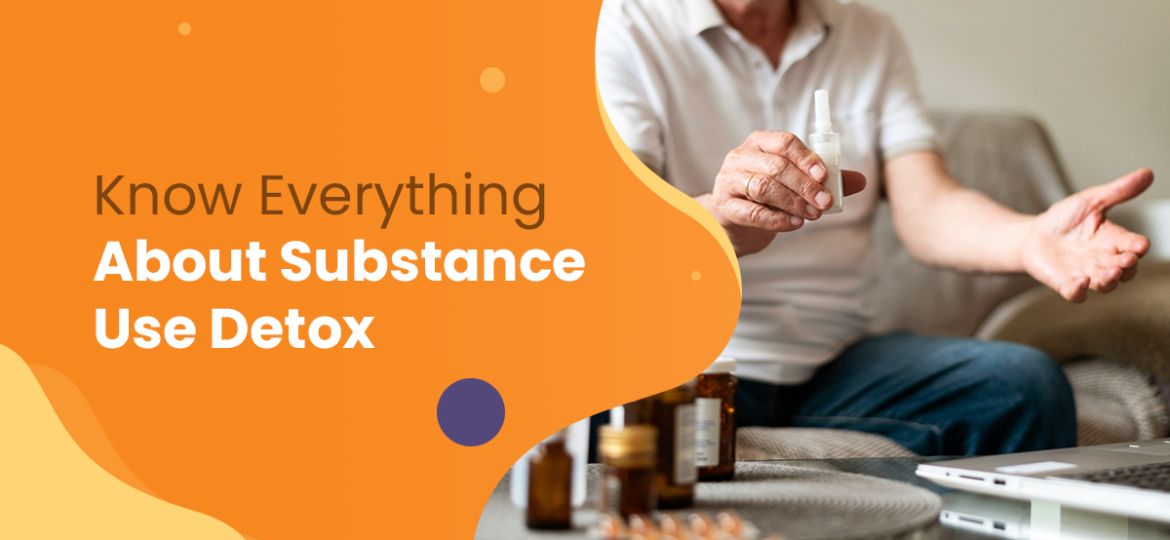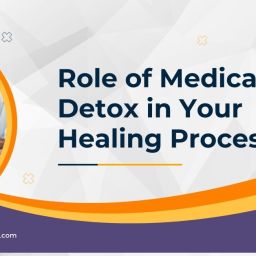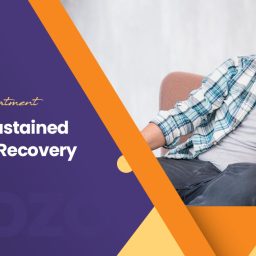
Do you know – alcohol and drug addiction is one of the biggest challenges the society is dealing with today?
According to the 2022 United States National Survey on Drug Use and Health (NSDUH), 10.5% of Americans had an alcohol use disorder whereas 9.7% were reported battling a drug use disorder. The worst thing is that these percentages are rising steadily, creating an urgent need for effective treatment strategies.
Medical detoxification or medical detox is the fundamental and most significant step in overcoming substance use disorders. It offers a pathway to addiction recovery and attain a healthier life.
Let’s dig deep into the blog to get a better understanding of substance use detox.
What is Detoxification?
Medical detox or simply detoxification is an effective program that allows the body to get rid of addictive substances. It safely manages withdrawal symptoms that generally happen when a person stops taking drugs or alcohol.
How Does Medical Detox Work?
Symptoms of withdrawal can vary from person to person. Hence, detoxification may take several days or months to make the body free from substances.
Further, the duration and severity of the detoxification period may be influenced due to several factors. These involve –
- Type of substances used
- Duration or frequency of use
- Dosage
- Mental health issues
- A person’s age and gender
- Person’s medical history
- Individual physiology
Confused? Well-trained medical professionals at drug rehabs can provide optimal results by understanding individual’s concerns and tailoring the process to meet their needs.
The Medical Detox Process
The detoxification process involves a few important steps. Here’s the outline.
- Clinical Evaluation: Initially, medical experts understand the individual concern regarding drug or alcohol addiction and determine the substances consumed. By evaluating the significant factors including substance use history and co-occurring disorders, they determine a personalized detox plan.
- Stabilization: The patient undergoes the detox process where they have to stop using substances and experience withdrawal symptoms. Certainly, trained professionals offer medical intervention and emotional support at this stage.
- Complete Therapy: Once the patient is stabilized, he is prepared for the next treatment process. It involves therapy, counseling, and support. The final stage helps patients develop skills for relapse prevention and resume their routine jobs. Some popular and widely used treatments are – residential treatment, outpatient treatment, partial hospitalization, etc.
Can I Opt for Medical Detox at Home?
Medical detox is the initial step to attaining sobriety. In this stage, patients have to consult with medical professionals. They closely monitor the patient and suggest a personalized treatment plan to get rid of the worst. So, it’s a big ‘no’ if you are expecting to opt for this detoxification at home.
Final Thoughts
Is any of your close friends or relatives struggling with substance use disorders? You can certainly help the person by offering proper guidance on medical detox.
However, substance use detox is not just the only step toward recovery. One should follow a comprehensive approach that includes medical supervision, therapy, and support after the treatment. This is indeed essential for long-term success.
So, are you ready for the complete treatment? Look for reliable drug and alcohol detox centers like SOZO Addiction Recovery Center and make the first step towards a better life.




